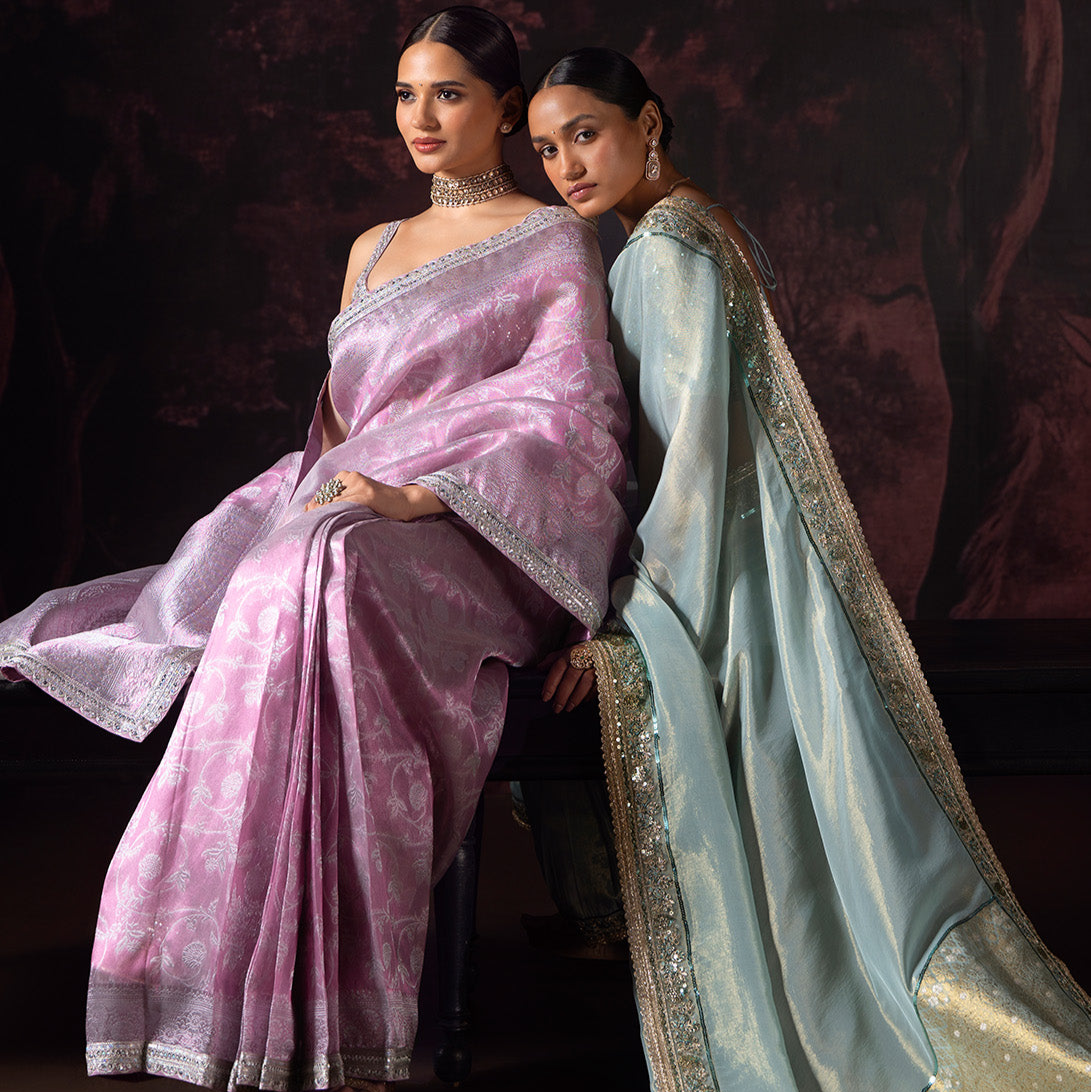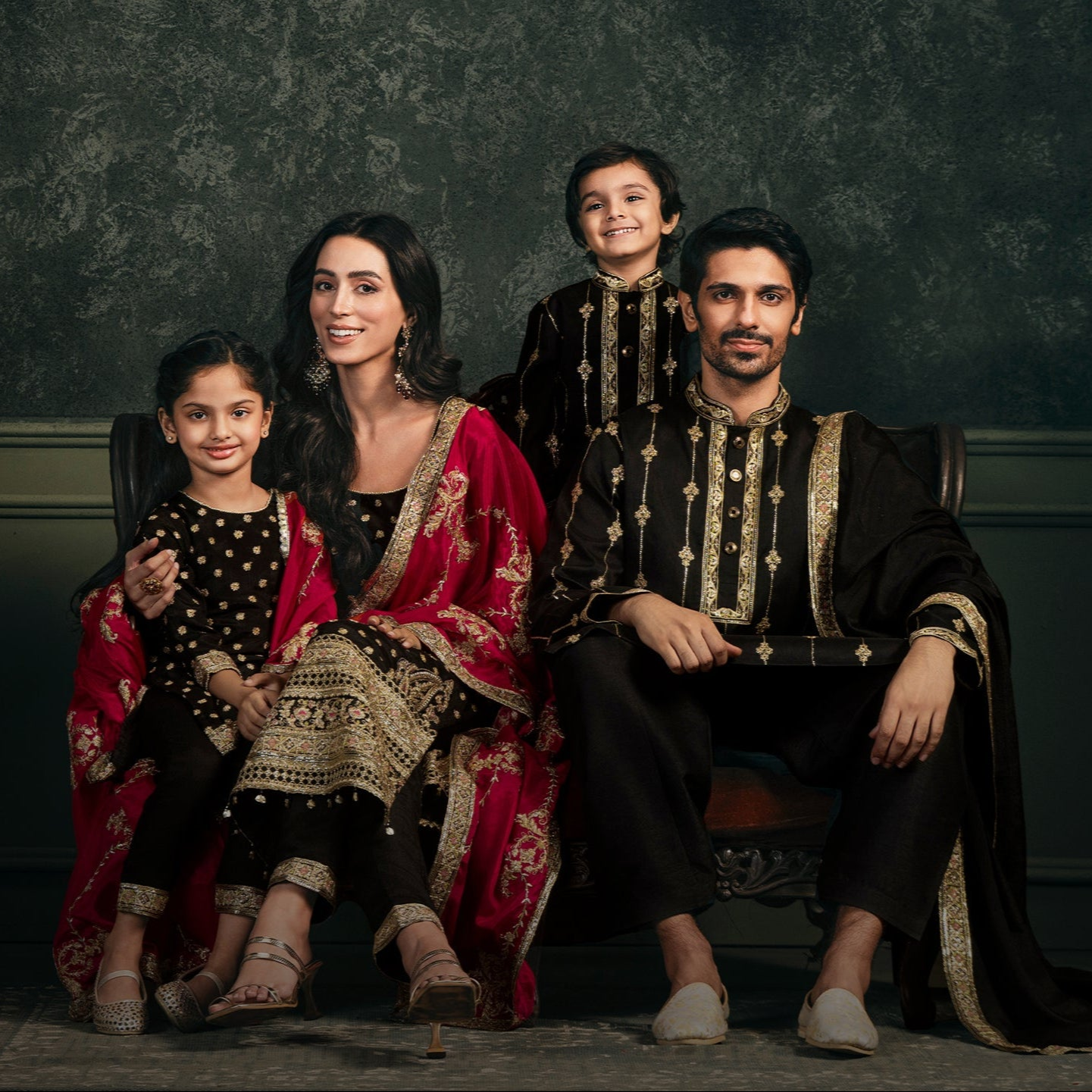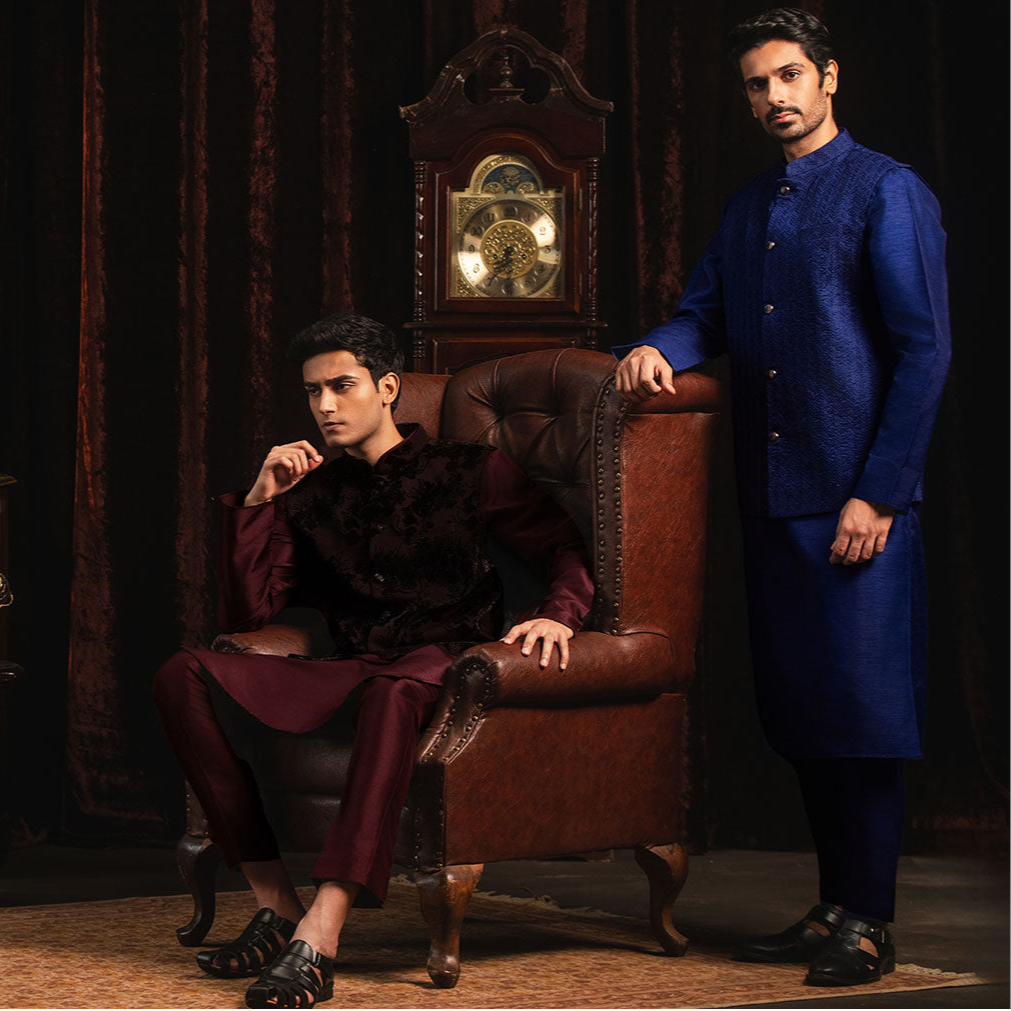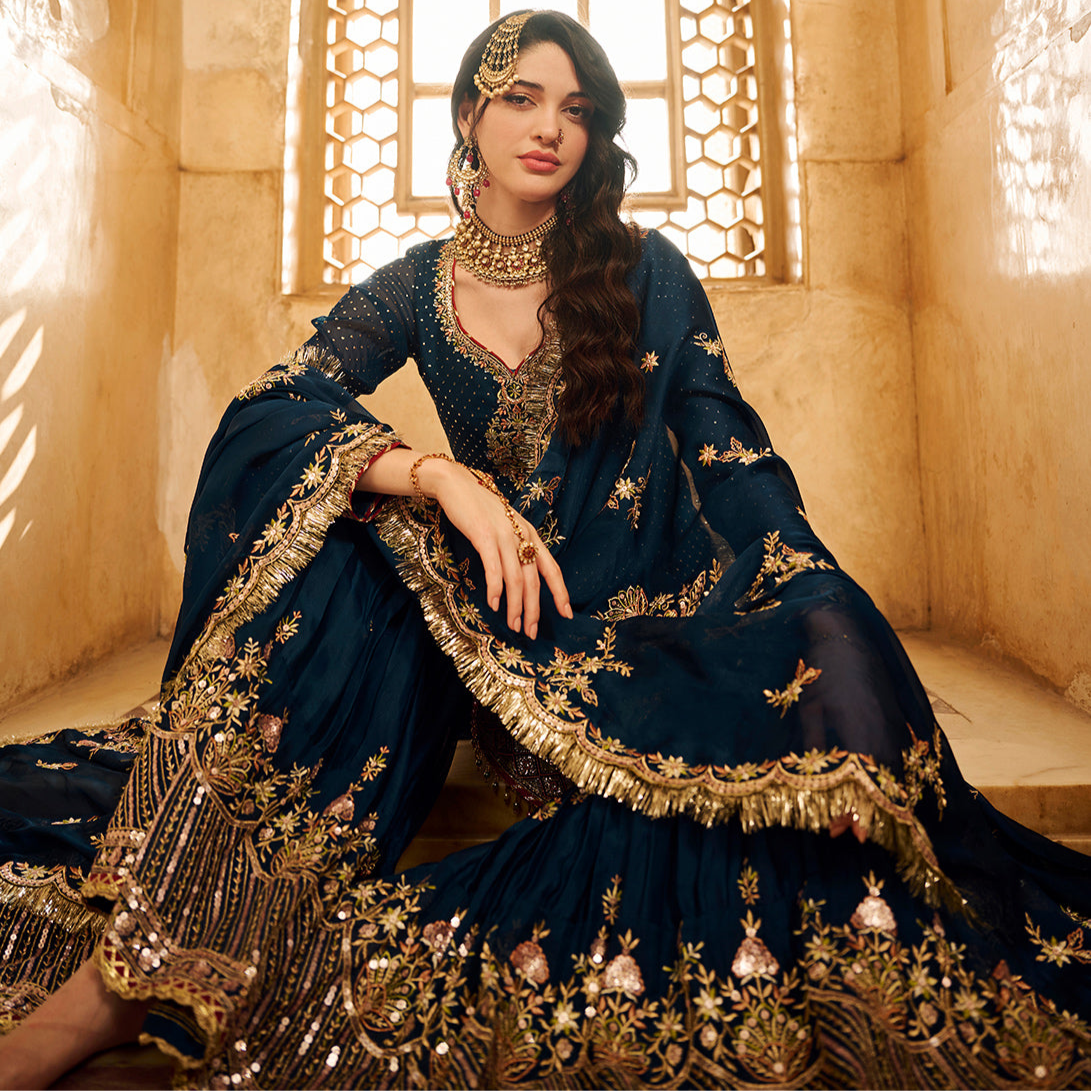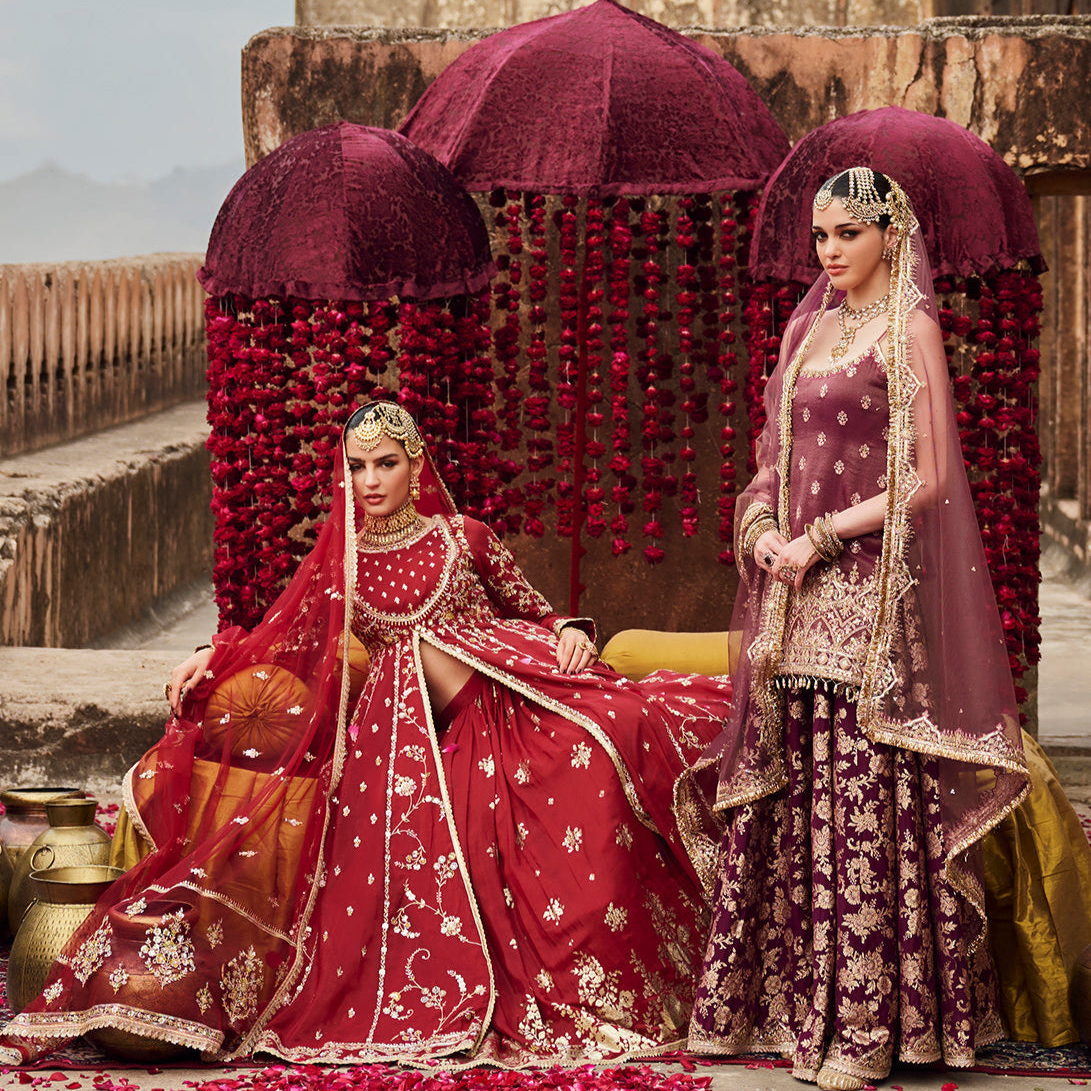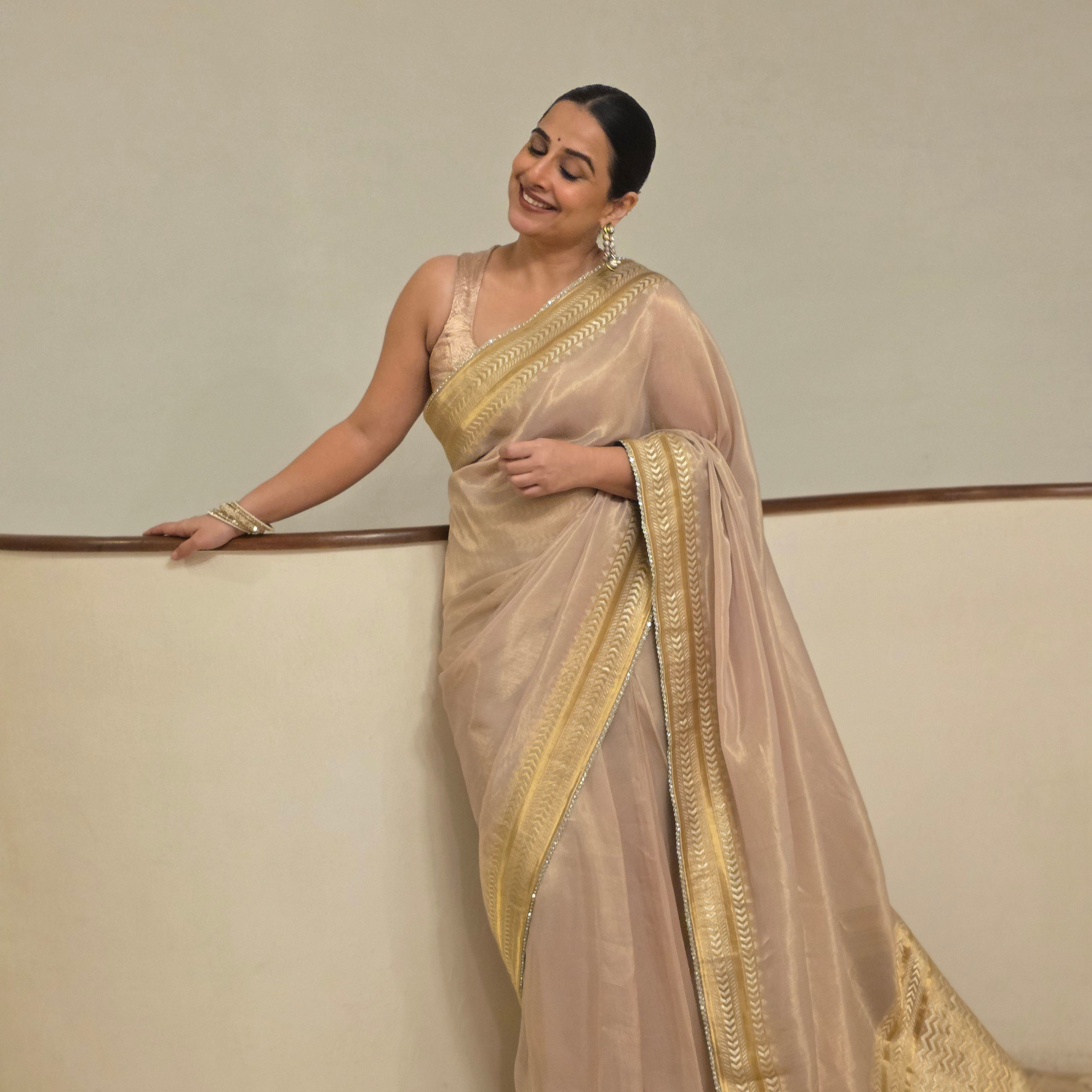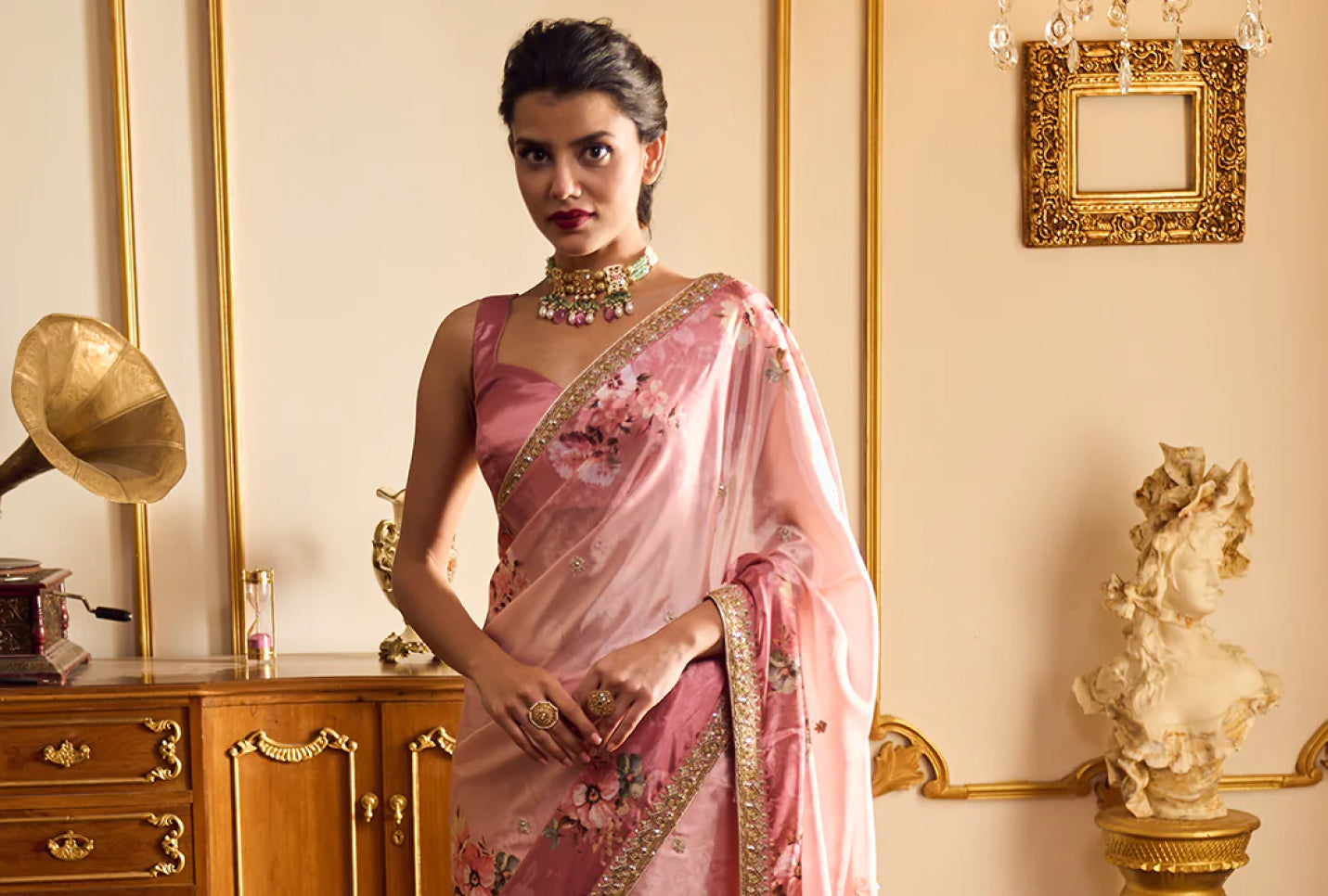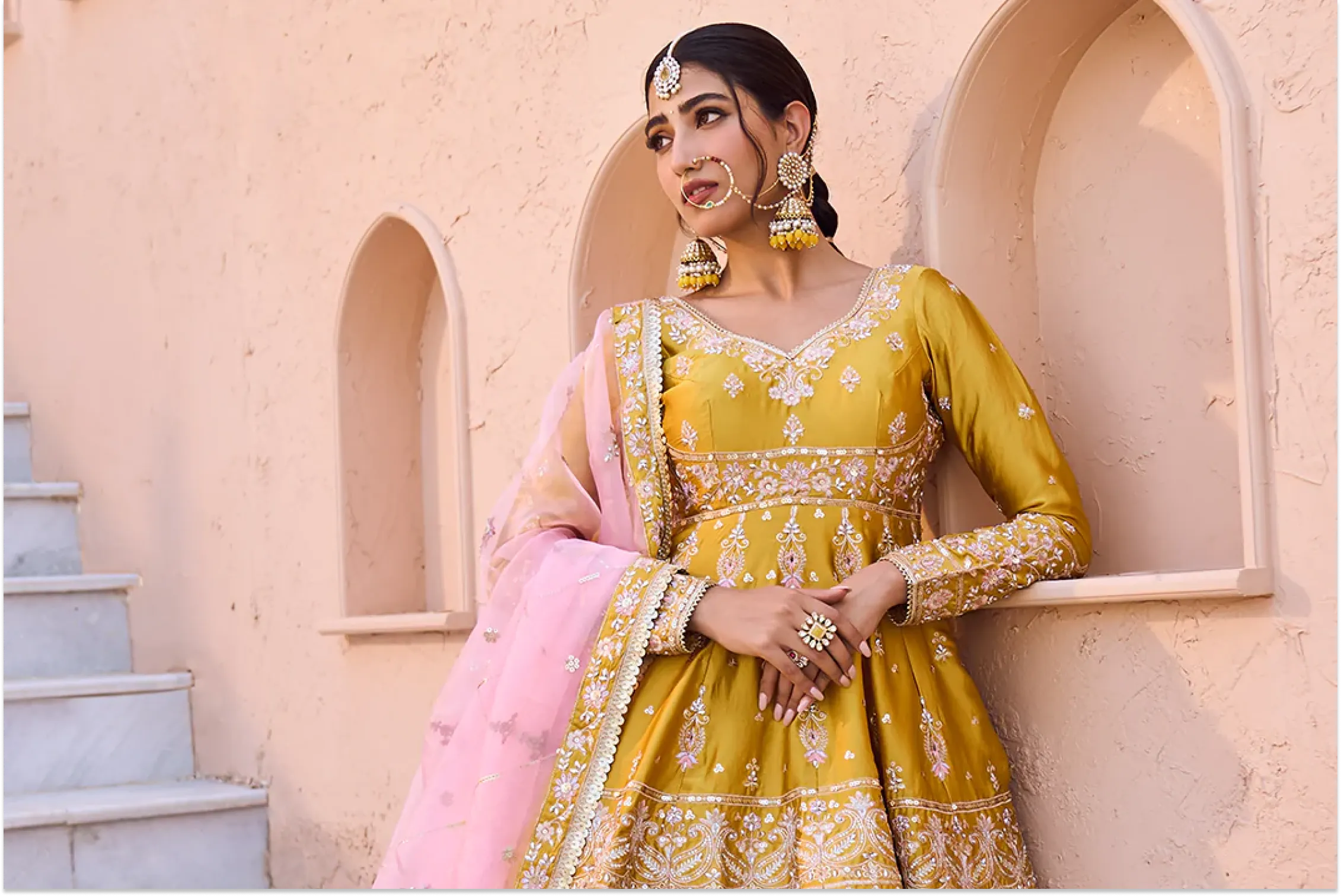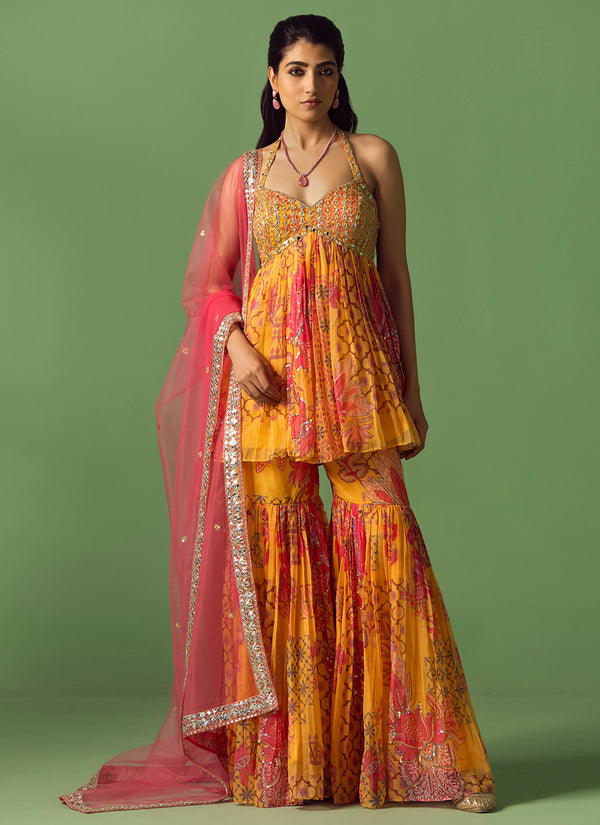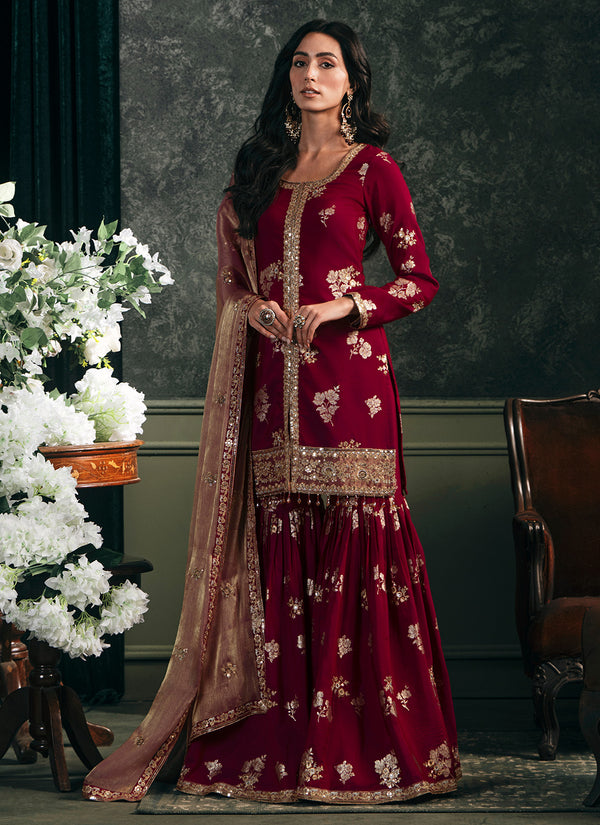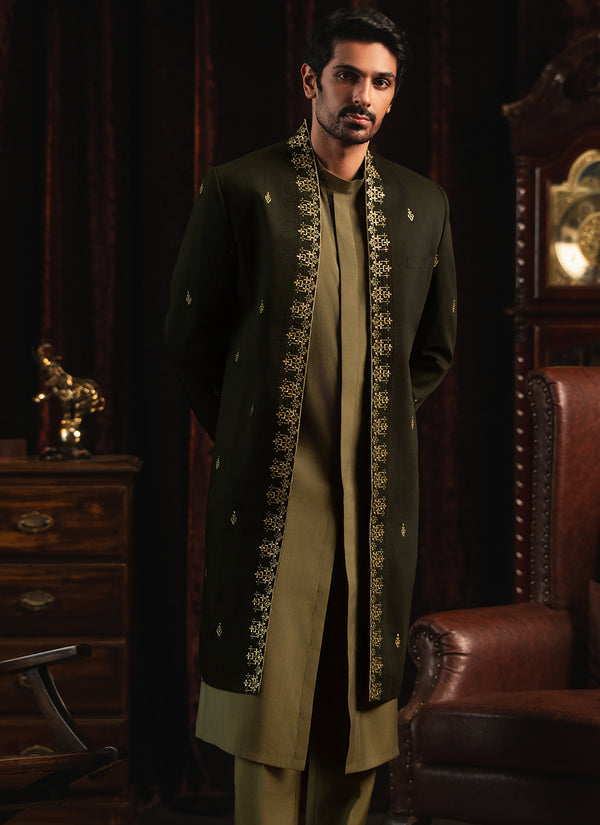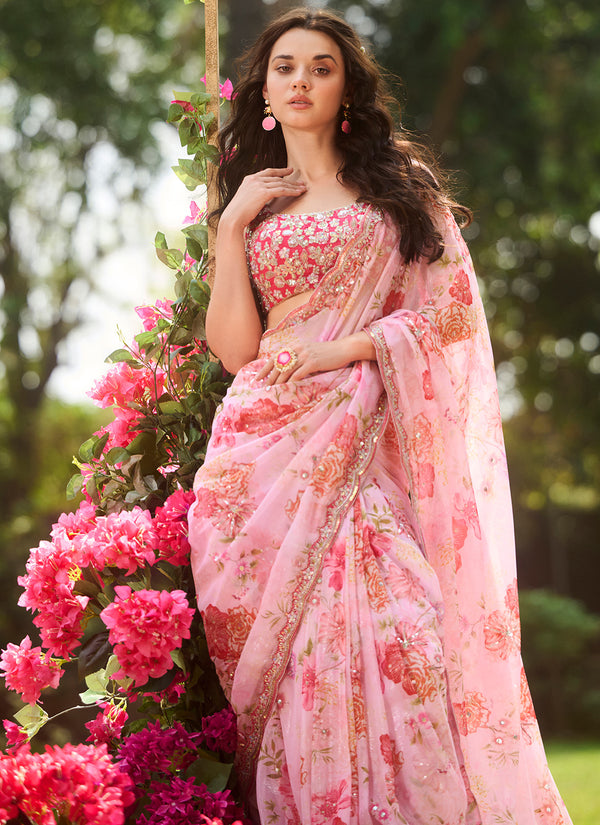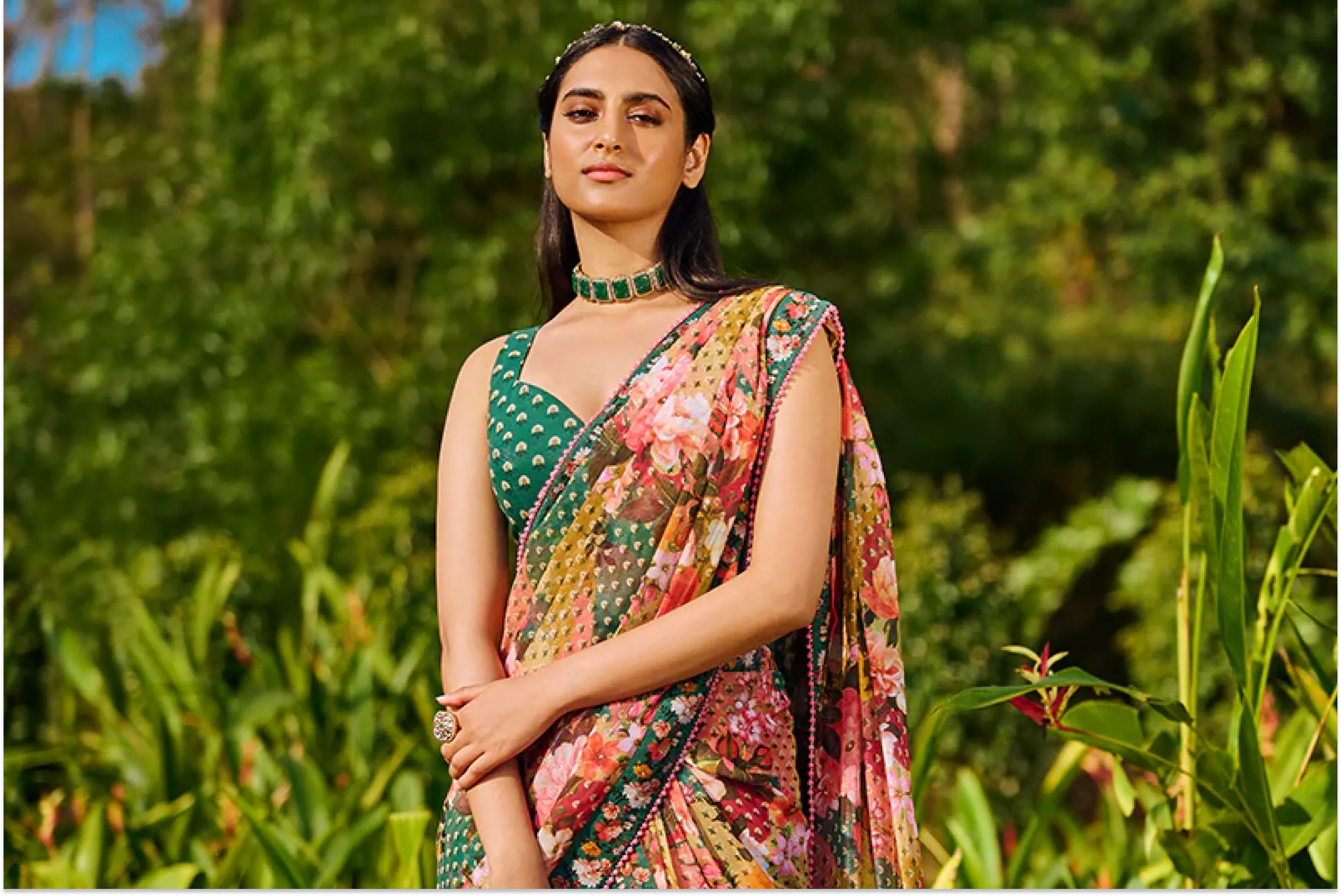
4 Indian Fabric Prints You Need in Your Closet
Traditional Indian fabric prints like the hand-painted Kalamkari to the delicate Ikat print, have been passed on to us by generations. The age-old techniques used to create these fabrics is the secret sauce to their unique aesthetic. Known for their vibrant colors, intricate designs and rich cultural heritage, they’re a true representation of India's art and culture. These prints are not only beautiful but also have a significant cultural value and are a must-have in any wardrobe. Whether you’re looking to add a pop of color to your everyday wear or want to make a statement on a special occasion, traditional Indian textiles offer something for everyone.
Types of Indian Fabric Prints Every Closet Needs
Having a diverse collection of Indian fabric prints in your closet allows you to create versatile and stylish outfits for various occasions. From floral prints that are timeless and versatile with a touch of elegance and femininity, to geometric prints that add a modern and chic touch to your outfits – Indian fabric prints make up for a large variety.
A famous Indian print is the Paisley print. Also known as "buta" or "mango" prints, Paisleys are quintessentially Indian and add a traditional charm to your wardrobe. They come in various sizes and colors, making them suitable for different styles and moods.
Equally well-known is the block print design. They offer a rustic and artisanal feel to fabrics. The intricately hand-carved designs create a unique and earthy look that works well for both casual and semi-formal wear.
Traditionally Indian, the Ikat print is hot at the moment and can add a contemporary touch to traditional Indian outfits. The blurred and hazy designs create a modern and artistic effect, making them perfect for fashion-forward outfits. Other prints include Bandhani, Kalamkari, Batik and Leheriya among others.
Floral Prints
Miranda Priestly from Devil Wears Prada may think that florals aren’t ground-breaking for spring. However, we believe that floral prints are a classic and timeless choice in fashion. They add a touch of elegance, femininity, and freshness to any outfit. Ranging from western outfits like floral dresses, tops and skirts to Indian floral lehengas and suits, the floral print sits well on practically any silhouette.
The most romantic of all is a floral saree. With intricate patterns and vibrant colors as the basis for this fairly common print, florals are still refreshing and an excellent choice for festivals, weddings, or special occasions. Lashkaraa’s best picks are the Soft Mint Embellished Chinon Saree, and the White Multicolor Floral Printed Lehenga. Other styles include Light Green Embellished Velvet Lehenga, Deep Red Floral Printed Anarkali, and Bottle Green Floral Printed Crop Sharara Set.
Floral accessories are quite big right now. Incorporate floral accessories like scarves, headbands, or hairpins to add a touch of floral charm to your outfit without going overboard.
Mix and Match: Don't be afraid to mix and match different floral prints for a fun and eclectic look. You can combine small and large floral patterns or mix floral prints with stripes or polka dots for a playful outfit.
Ikat Prints
Ikat prints bring a touch of artistry and cultural richness to your wardrobe. Whether you prefer subtle or bold patterns, incorporating ikat prints into your outfits can add an element of uniqueness and visual interest. The print is a dyeing technique where yarns are tie-dyed before weaving to create patterns. When woven together, the dyed yarns form unique and blurred designs.
This is different from other resist-dyed textiles like batik and tie-dye, where the dye is applied on woven fabric and not yarn. Technically an ikat pattern can also be printed onto cloth, but only the painstakingly produced, dyed and then woven textile is considered ikat. This traditional textile art is prevalent in various cultures around the world, including India, Indonesia, and Central Asia. In India, Ikat prints are common in regions like Odisha and Telangana.
Bandhani Prints
Bandhani, also known as tie-dye, is a popular print created by tying small portions of the fabric with threads and then dyeing it. The tied portions resist the dye, resulting in unique and colorful patterns. Characterized by playful and vibrant, they come in various color combinations and patterns, adding a fun and youthful element to your wardrobe. Bandhani prints are common in textiles from Gujarat and Rajasthan. This psychedelic pattern works well for both Indian and Western style outfits.
Batik Prints
Batik is a wax-resist dyeing technique, where hot wax is applied to the fabric in specific patterns. The waxed areas resist the dye, creating beautiful designs when the fabric is dipped in dye baths. Applied onto generous lengths of plain fabric using copper stamps or drawn by hand, a more liberal and modern approach would be digital screen printing. Originated in Java, Indonesia as an ancient fabric wax-resist dyeing tradition, the art of batik is most highly developed and some of the best batiks in the world are still made there. In India, Batik prints are famous in regions like West Bengal and Tamil Nadu.
How to Wear and Style Various Indian Fabric Prints
By incorporating these various Indian fabric prints into your wardrobe, you’ll have a diverse range of choices to create outfits that reflect your personal style and adapt to different occasions. These prints can be used in sarees, salwar kameez, kurtis, skirts, and more, allowing you to showcase the beauty and artistry of Indian textiles in your everyday fashion.
Do’s and Don’ts of Mixing and Matching Prints
Mixing and matching prints can be a fun and creative way to elevate your style, but it can also be a little tricky to get right. Here are some tips to keep in mind:
Do’s for Effortless Print Pairing
When mixing two different prints, bear in mind to at least keep one color common to create a cohesive and harmonious look. One can also mix prints of different scales to create visual interest. Pair larger prints with smaller ones to balance the overall look. One can also pair prints that have similar fabric textures to ensure they blend well together.
Don’t be afraid to mix various patterns, such as stripes, florals, polka dots, or geometric designs. Just ensure they complement each other. Neutral prints, like stripes or small polka dots in black and white, work well as grounding elements when mixed with bolder prints.
If you're unsure about mixing two bold prints, add a solid-colored item like a jacket, cardigan, or belt to separate the prints and create a cohesive outfit.
Print Blending Don'ts to Remember:
Mixing prints can often look too busy or mismatched. To avoid this, be cautious when combining prints with clashing colors that don't complement each other. To avoid overwhelming the eye, stick to a maximum of two or three different prints in one outfit.
One major fashion faux-pas is wearing the same print head-to-toe. Steer clear of it as it can be overwhelming and may show a lack of creativity. Having said that, be mindful of pairing multiple busy prints together, as they can compete with each other and create visual chaos. Lastly, while mixing prints can be playful and fun, it might not always be suitable for very formal or professional events.
Remember that fashion is all about experimentation, and mixing prints can be a fantastic way to showcase your personal style. With a bit of practice and confidence, you can create unique and eye-catching outfits that reflect your creativity and individuality.
Sources:
Indian Textiles: 1,000 Years of Art and Design | The George Washington University Museum

